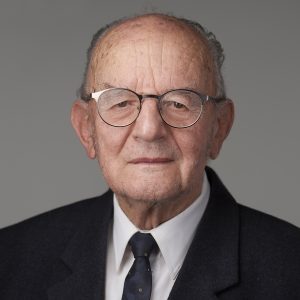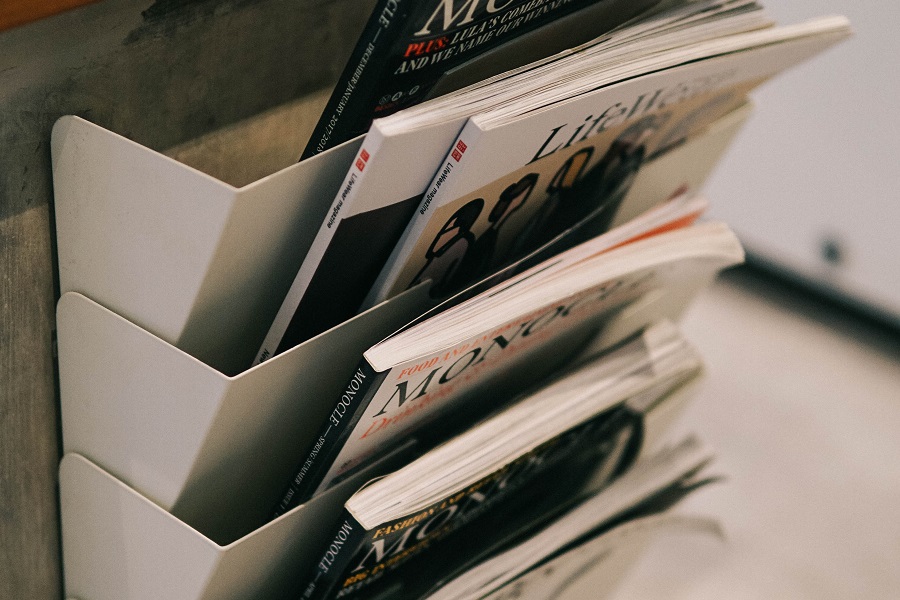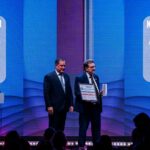FACTS
The plaintiff is the owner of a trademark registered in classes 16 and 35 used for printed materials and advertising, respectively. The defendants used an almost identical mark for periodicals relating to cars and motorcycles. The defendants also published an online magazine website, the domain name of which was almost identical with the plaintiff’s trademark. The claimant sued the defendants for infringement.
The Metropolitan Tribunal condemned the defendants. The Tribunal obliged them to stop the use of the mark and ordered to publish the judgement on his website. Moreover, fixed the amount of the surrender of enrichment. The Tribunal stated that the defendant published an online magazine on the upper left corner of which there stand white letters in red background, they used a similar title to the claimant’s mark, moreover they used also an identical domain name. Further, they advertised with the same name and offered services. The visual, phonetical and conceptual similarity with claimant’s mark can be established, as a result, the covers of the magazines result in a likelihood of confusion. Relating to the plaintiff’s claim for the return of the enrichment achieved by infringement, the court accepted a private expert’s opinion, with some amendment of the amounts calculated by the expert, applying the method of licence analogy, taking into account the number of the magazines purchased, the proportion of the part of the license fee affected by trademark use. The court of appeal has upheld the judgement of the Tribunal.
The defendant filed a request for review with the Curia (the ‘Supreme Court’), but this was also unsuccessful. The Curia held that the Tribunal’s judgement was convincing, in the frame of the revision procedure. A supervision of the facts is normally not allowed, only in exceptional situations like in case of unreasonable discretion made bay the preceding court, but this was not the case in that particular matter. . (Pfv.20.302/2018).
COMMENTS
The case reported hereabove is more simplified as usual. Namely
- There have been three defendants, who used the mark in a consecutive order
- The defendants disputed the likelihood of confusion, but all the three instances rejected their defence
- The defendants referred to acquiescence, but this defence was also unfounded,
- The plaintiff requested compensation of damages, but this subjective claim was unsuccessful, and only return of enrichment – which is an objective legal consequence – was granted.
The case is worthwhile reporting for Section 27 e) of the Trademark Act rules on reimbursement of enrichment without rules on calculation of the surrender of enrichment. The case law developed the rule of license analogy. That means that for calculating the amount of unlawful enrichment, the court can start from an imaginary amount of license fee. This is not an invention of the Hungarian case law, this method can either be found in the German, Austrian etc. case laws.
In the reported case the plaintiff tried to support its higher claim by a license agreement concluded between third parties, also in respect of magazines. It is satisfying that the courts received this evidence with criticism and made a correction of the amount of enrichment by their own discretion.
In-house Counsel
Doctor of the Hungarian Academy of Sciences
Partner







